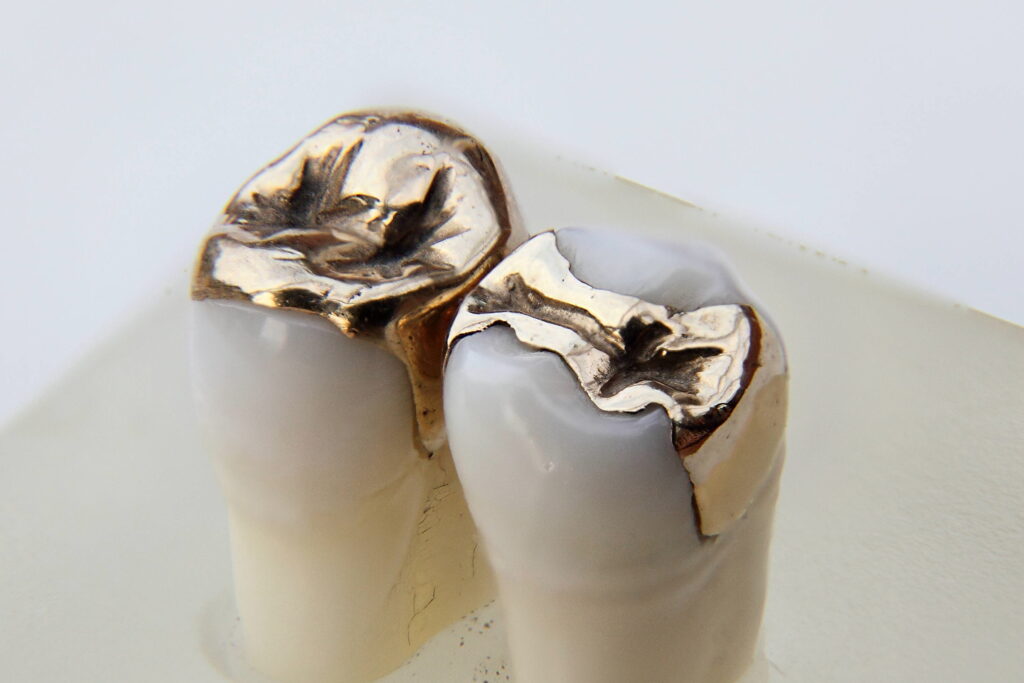Dental problems can taint a picture-perfect grin, which is a symbol of confidence and well-being. Thankfully, a family and cosmetic dentist provides several options to repair damaged teeth and restore a confident smile. Inlays and onlays are two popular restorative care options. We will examine the distinctions between these two tooth restoration methods in this instructional blog post.
Dental Inlays and Onlays: What Are They?
- Dental inlay: An inlay is an indirect dental treatment that can be used to fix significant damage to a tooth. It is frequently utilized when the decay or damage is too severe to be repaired with a simple filling but not severe enough to require a full dental crown. Inlays are manufactured specifically to fit teeth using materials such as porcelain or composite resin.
- Dental onlay: Dental onlay is another type of indirect restoration used to treat decayed or broken teeth. These are also known as partial crowns. They are used when the cusps of the teeth, which have sharp or rounded ends, are affected. Similar to inlays, onlays were made specifically to fit the dimensions of the prepared tooth.
Let us examine the distinctions between the two carefully:
- The degree of dental damage
- Inlays: Inlays are employed when a tooth’s surface only sustains damage and cusps are unaffected.
- Onlays: When one or more cusps of a tooth are damaged, onlays are used.
- Tooth Preservation
- Inlays: Because they require less tooth reduction during preparation, they are more conservative.
- Onlays: Because they cover cusps, they may require more tooth structures to be removed during preparation.
- Performance and Power
- Inlays: Inlays can be used to repair the chewing surfaces of molars and premolars. They provide tooth stability.
- Onlays: Because they cover more cusps, onlays are utilized when there is more severe damage, and they offer even more strength and support.
- Aesthetic Points to Consider
- Inlays: These are frequently applied in places such as molars, where aesthetics are less of a priority.
- Onlays: Because they are frequently utilized in more visible areas of the mouth, they can be chosen for their aesthetic value.
- Indications
- Inlays: Inlays are perfect for little decay or damage.
- Onlays: Onlays are appropriate for more extensive restorations when additional tooth structures must be replaced.
Conclusion
Both inlays and onlays are beneficial dental repair choices that enable the preservation of the greatest amount of the original tooth structure. The extent of the damage, aesthetic considerations, and the dentist’s opinion are all factors in which the option is best. To choose a restoration that is best suited to your unique dental needs, it is essential to speak with a skilled dentist.




